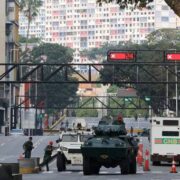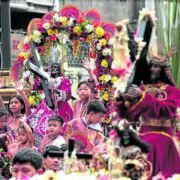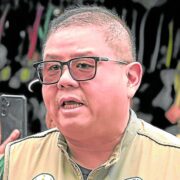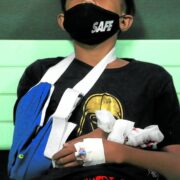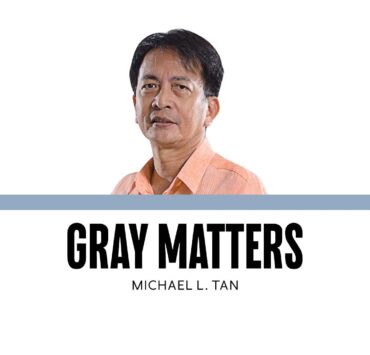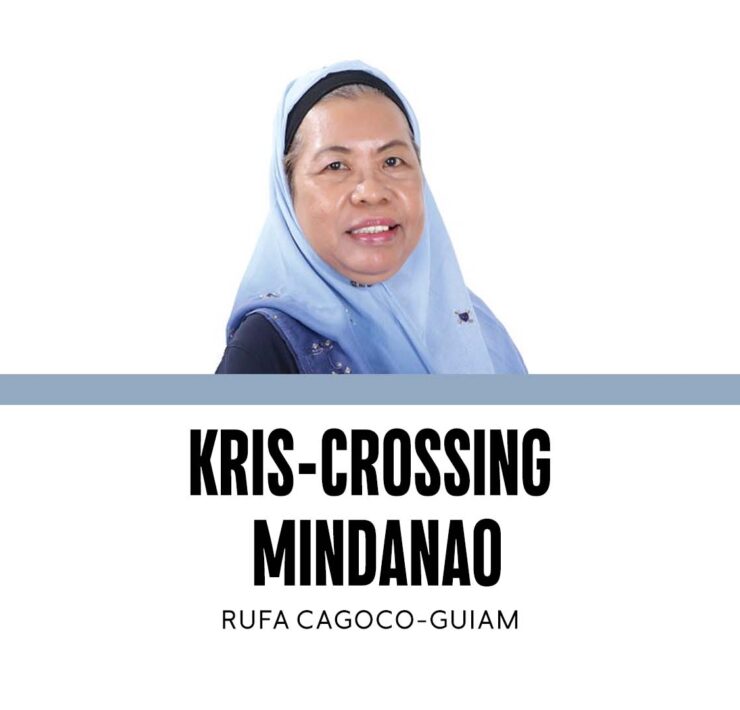The fallacy of ’sipag’ and ‘tiyaga‘
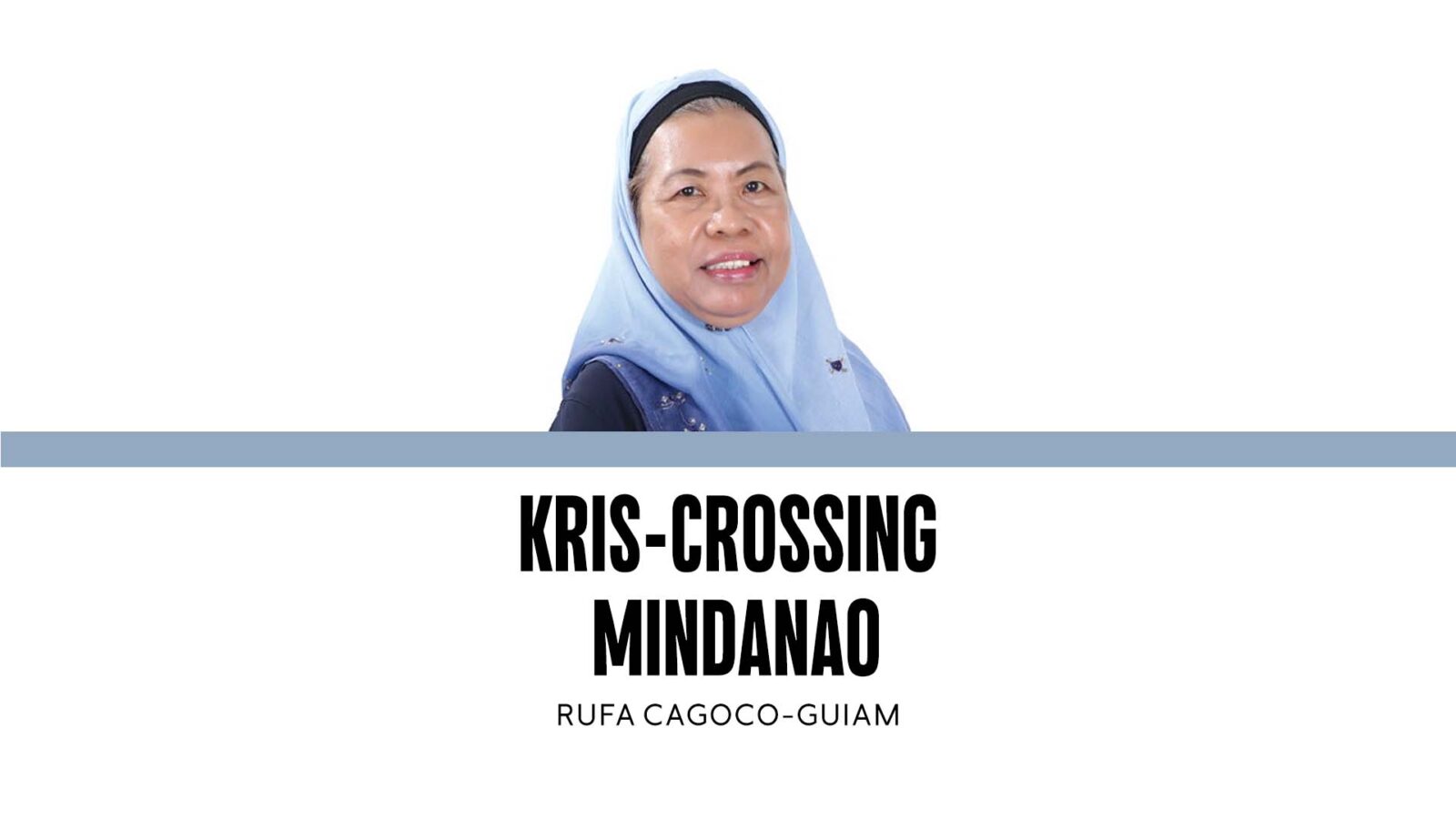
Lately, both social and mainstream media have been flooded (with pun intended) with information about anomalous flood control projects that have not controlled flooding but instead exacerbated it.
It was President Marcos who opened a veritable can of worms in his fourth State of the Nation Address. In his Sona, he thundered, “Mahiya naman kayo!” when he disclosed that dubious billions of pesos expended for flood control projects have either not been implemented or were implemented using flawed processes and substandard materials.
That exhortation has also opened the floodgates to several narratives of embedded corruption. Among these is the alleged “rags-to-riches” story of a couple who own various construction companies and have accumulated inordinate wealth by being the “favored” contractor of government projects facilitated by high-ranking politicians, among them members and leaders of the House of Representatives and some local government chief executives (governors and mayors).
The couple revealed stories of their journey to wealth through two television “lifestyle” interviews on national television. They claimed to have exerted hard work (sipag) and tiyaga (persistence) in pursuing their quest toward opulence. And these have apparently paid off, according to how they have described it in the two “lifestyle” interviews anchored no less by two broadcast icons—Korina Sanchez-Roxas and Julius Babao conducting these interviews. These two interviews have now become the cynosure of all eyes in the country; some questions are raised whether the two have violated some provisions in the journalists’ code of ethics.
Among the footage in the two interviews were pictures of their 40 luxury cars in their huge garage. The number of cars alone makes us think—is it possible for them to ride each of these cars in a month (only 30 days, so even if they change cars daily, they still have 10 more that are left unused).
The luxury cars include a Rolls-Royce, known for being one of the most expensive vehicles, since only a few of them are manufactured each year, considering many of its parts are handmade to perfection, using only the best metals and finest hides for its trimmings. Only the world’s richest people have access to this type of car. (It is not just a car—it is a Rolls-Royce). According to a source, the cheapest RR car costs around a whopping P16 million.
This is not the first time the notion of “sipag and tiyaga” has been used to exhort people to work hard, since a future of wealth awaits those who engage in it.
Remember how former senator Cynthia Villar took pride in the financial success of the Villar political-economic empire and how she attributed it to the “sipag at tiyaga” of her and her former senator husband, Manny Villar? It turned out their sipag and tiyaga were associated with dubious land valuation claims for their realty corporation, jacking up the prices of land they reportedly own to expand their financial portfolio.
She was even heard to have made snide remarks that the poor are such because they are indolent (lazy).
Do we also remember how she initiated the passage of the rice tariffication law (Republic Act No. 11203), which deregulated and liberalized the rice industry, making it easier for smugglers and unscrupulous grains businesspeople to take advantage of consumers and farmers, among other things, deleterious to the rice industry, especially to poor farmers. This is probably what she calls hard work, but work that has demeaned the role of farmers and made their lives more miserable by allowing opportunistic rice middlemen to bring in smuggled rice to the country.
If sipag at tiyaga is truly how a family can get out of poverty, then the millions of people who have known nothing but hard, back-breaking, tedious physical work their whole life should have been millionaires by now.
Some people have forgotten how it is to have a long, restful weekend because they still work during these days and even weeknights. Even with all their “overtime” work, they are still dirt-poor in their own assessment. They do not have food security, much less livelihood security for themselves and their families. They work hard (masipag sila), and they are persistent and patient (matiyaga rin sila) despite the daily struggles they face.
Perhaps sipag and tiyaga will work only when you do it through questionable partnerships with opportunistic politicians and operators in government, just like the couple who have now become famous for their 40 luxury cars. They could even own hundreds of luxury, high-end bags that cost at least P1 million each—something poor people cannot even count because they don’t have it.



